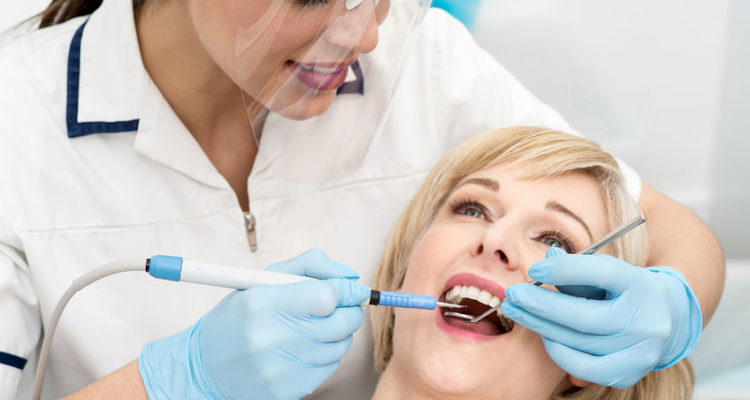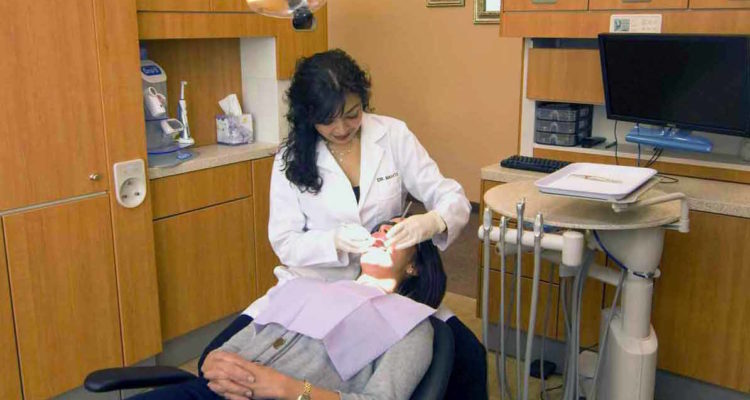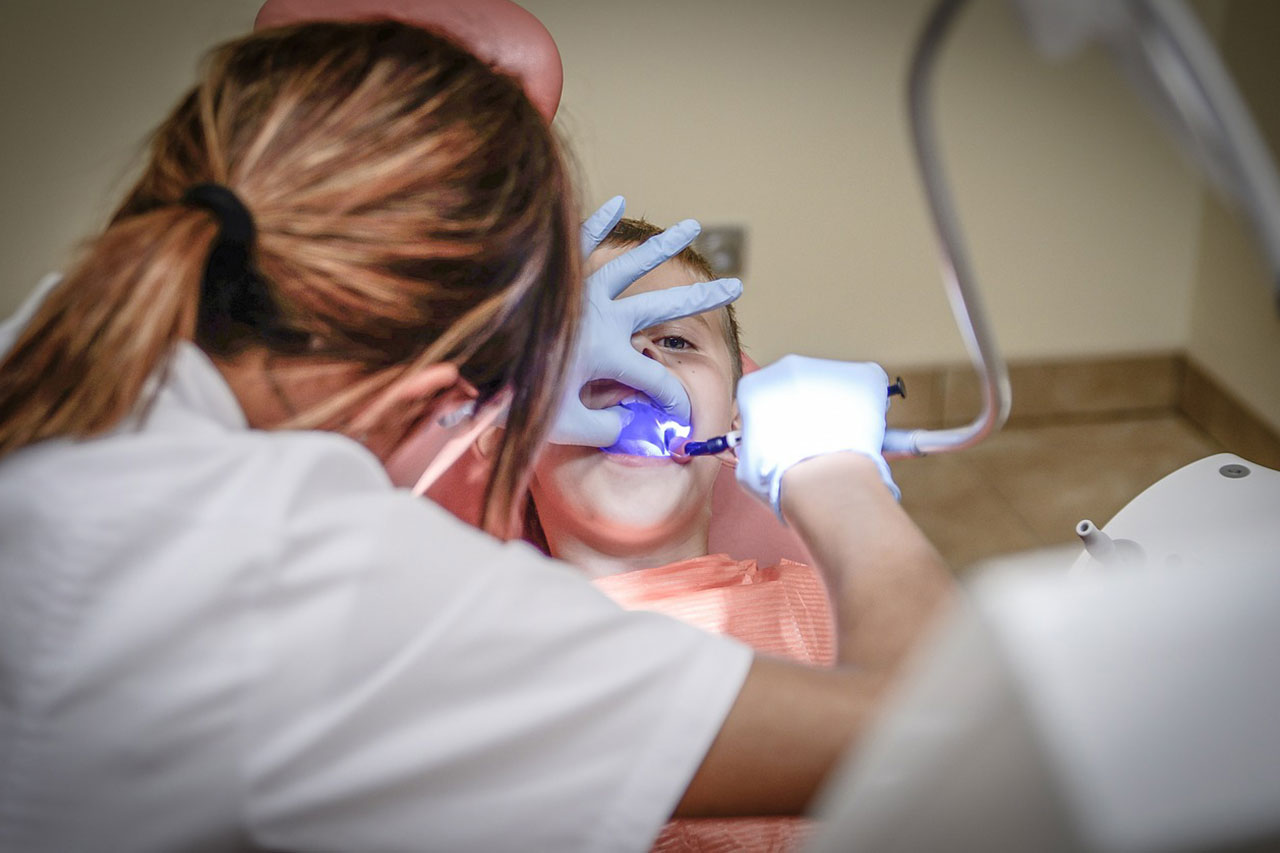1. Twice a day: brush your gums, teeth and tongue
Brush your teeth morning and evening for two minutes each time. Be sure to brush along your gum line and your tongue too to reduce the amount of bacteria that live on these surfaces.
2. Once a day: clean between your teeth
Your toothbrush can’t get into the crevices between teeth to remove food and plaque (the sticky film of bacteria that clings to teeth and gums). So once a day, floss your teeth, or use a soft pick brush, pre-threaded flosser, water flosser, interdental brush or a plaque pick.
3. Twice a day: rinse with antiseptic mouthwash
After you brush your teeth, rinse your mouth with antiseptic (also called antibacterial, anti-plaque, anti-gingivitis, antimicrobial) mouthwash to flush away loose bacteria.
Antiseptic mouthwashes help to temporarily reduce some of the harmful bacteria that cause plaque and mild gum disease. You can buy these types of national brand mouthwashes in the drugstore without a prescription. Use an alcohol-free mouthwash because alcohol can dry out the inside of your mouth and make it more difficult to flush away bacteria.
4. Twice a year: visit a dentist or dental hygienist
It’s important to visit a dental professional twice a year for two reasons: a checkup and a cleaning
Checkup: A dental checkup is important to examine the health of your gums. You may be doing everything right to try to keep your gums healthy and yet still develop gum disease. A number of factors may put you at higher risk such as smoking, taking certain medications or having certain medical conditions. Here’s what happens during a typical dental checkup.
• Pockets: The dentist or dental hygienist will use a probe to measure the depth of the pocket surrounding each tooth. There’s always a space (pocket) between the gum and the tooth. When your gums are healthy, these pockets are shallow. If you have gum disease, the pockets become deeper as harmful bacteria destroy gum tissue. A pocket of 4 or more millimeters is often a sign of disease. Ask the dental profession what depth your pockets are and, if the answer is 4mm or deeper, ask how these can be reduced without surgery.
• Bleeding: This is another indicator of inflammation and infection. Healthy gums don’t bleed – even when they’re probed. Therefore while probing the pockets around your teeth, the dental professional will also look for any areas where bleeding occurs and how many points of bleeding there are. Ask what he or she finds in your gums and, if there is bleeding, what you can do to eliminate it.
• Medical history: You’ll also be asked about your medical history to determine if you have any conditions or other risk factors that could contribute to gum disease. Sometimes X-rays are required to see whether there is any change to the level of the bone around the teeth.
• Cleaning: Plaque and tartar are tough stuff. For some people, brushing, cleaning between the teeth and rinsing with mouthwash are not enough to stop harmful bacteria from accumulating. So a professional cleaning twice a year helps to remove plaque and tartar on your teeth and near the gum line. Bacteria are less able to stick to clean, smooth teeth and cause damage.
Latest News


